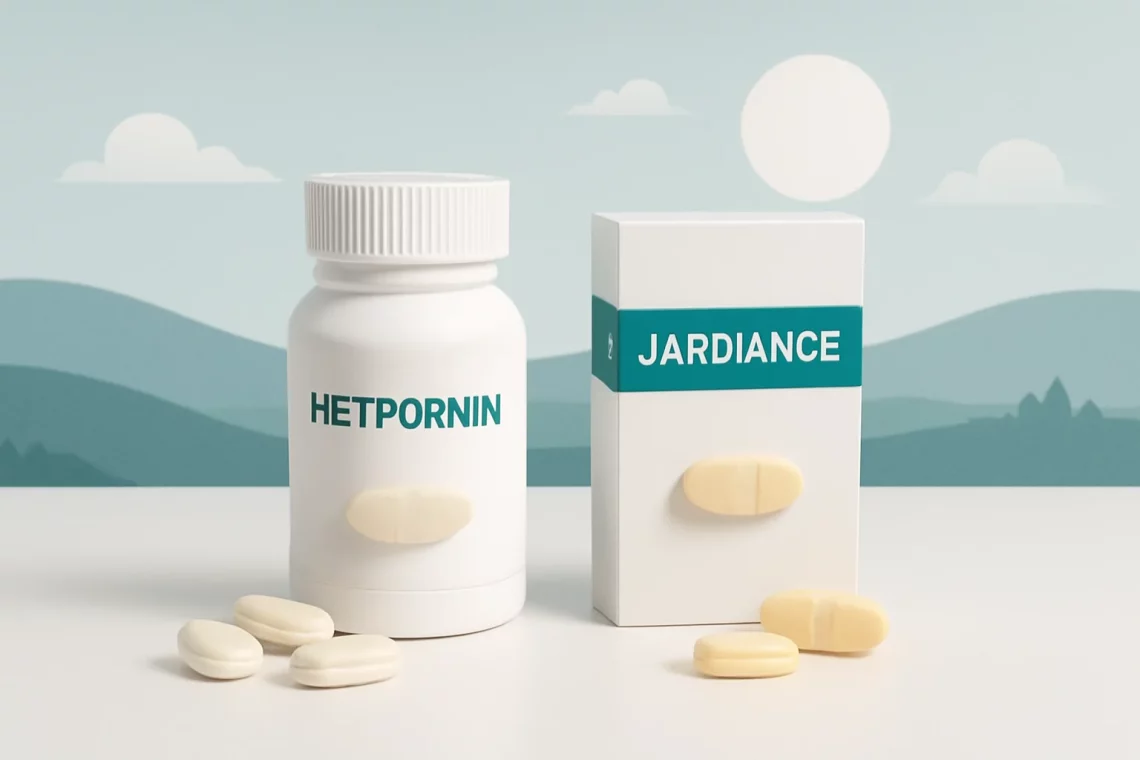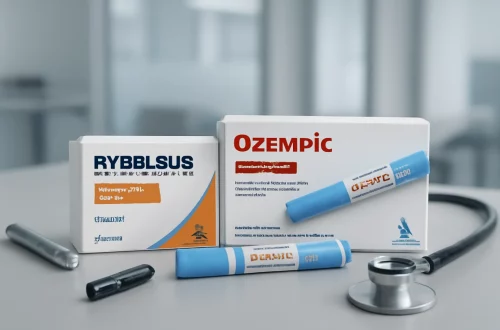
Metformin vs Jardiance: Which Diabetes Medication is Right for You?
Metformin and Jardiance are two prominent medications commonly prescribed for the management of type 2 diabetes. As the prevalence of diabetes continues to rise globally, understanding the differences, benefits, and potential side effects of these medications is increasingly important for patients and healthcare providers alike. Metformin has long been considered the first-line treatment for type 2 diabetes, primarily due to its ability to improve insulin sensitivity and lower blood sugar levels effectively. On the other hand, Jardiance, which belongs to a newer class of diabetes medications known as SGLT2 inhibitors, has gained attention for its unique mechanism of action and additional benefits beyond blood sugar control.
Both medications offer distinct approaches to managing diabetes. While Metformin primarily works by reducing glucose production in the liver and improving the body’s response to insulin, Jardiance promotes the excretion of glucose through urine. This not only helps in managing blood sugar levels but also contributes to weight loss and may have cardiovascular benefits. As diabetic patients navigate their treatment options, understanding how these medications work, their side effects, and their overall impact on health is crucial for making informed decisions about their care.
Mechanism of Action
Understanding the mechanism of action for both Metformin and Jardiance is essential for grasping how they help manage type 2 diabetes.
Metformin primarily acts by decreasing hepatic glucose production, which leads to lower blood sugar levels. It does this by inhibiting gluconeogenesis, the process through which the liver produces glucose. In addition, Metformin enhances insulin sensitivity in peripheral tissues, which means that the body can use insulin more effectively to lower blood sugar. This dual action helps maintain stable blood glucose levels, making Metformin a cornerstone in diabetes management. Moreover, Metformin is known to have a favorable impact on lipid profiles, which is beneficial for patients who often face cardiovascular risks associated with diabetes.
In contrast, Jardiance, as an SGLT2 inhibitor, works by blocking the sodium-glucose co-transporter 2 in the kidneys. This inhibition prevents glucose reabsorption back into the bloodstream, allowing excess glucose to be excreted through urine. This mechanism not only lowers blood sugar levels but also has the added benefit of reducing body weight, as the loss of glucose in urine equates to a loss of calories. Additionally, Jardiance has been shown to have potential cardiovascular benefits, reducing the risk of heart failure and improving overall heart health.
Both medications are effective, but their mechanisms highlight their differences. Metformin is primarily focused on reducing glucose production and enhancing insulin sensitivity, while Jardiance provides a unique approach by promoting glucose excretion. Understanding these mechanisms can help patients and healthcare providers make informed decisions about their diabetes management strategies.
Effectiveness in Blood Sugar Control
When it comes to controlling blood sugar levels, both Metformin and Jardiance have demonstrated effectiveness, but their results may vary based on individual patient circumstances.
Metformin is often the first medication prescribed for type 2 diabetes due to its proven efficacy and safety profile. Clinical studies have shown that Metformin effectively lowers hemoglobin A1c (HbA1c) levels by approximately 1% to 2%. Its effectiveness is particularly notable for those who are overweight or obese, as it can also aid in weight management, which is a crucial aspect of diabetes care. Furthermore, Metformin has a long track record of use, giving healthcare providers confidence in its effectiveness.
On the other hand, Jardiance has also been shown to significantly reduce HbA1c levels, typically by about 0.5% to 1%. While this may seem lower compared to Metformin, Jardiance offers additional benefits that can be particularly appealing to patients. For instance, in addition to lowering blood sugar, Jardiance has been associated with weight loss and a lower risk of hospitalization for heart failure. These benefits can be particularly important for patients who are at risk for cardiovascular issues, which are common in those with diabetes.
Both medications can be effective when used alone or in combination with other diabetes treatments. However, the choice between Metformin and Jardiance often depends on individual patient factors such as weight, cardiovascular health, and personal preferences. Healthcare providers typically assess these factors to tailor the best treatment plan for their patients, ensuring optimal blood sugar control while considering overall health outcomes.
Side Effects and Considerations
While both Metformin and Jardiance are effective in managing type 2 diabetes, they come with their own sets of side effects and considerations that patients should be aware of.
Metformin is generally well-tolerated, but some patients may experience gastrointestinal issues such as nausea, diarrhea, and abdominal discomfort. These side effects often improve over time or with gradual dose adjustments. A more serious but rare side effect is lactic acidosis, a condition that can occur when lactic acid builds up in the bloodstream, particularly in patients with kidney problems or other underlying health issues. Therefore, it is crucial for healthcare providers to assess kidney function before prescribing Metformin and to monitor it regularly during treatment.
Jardiance, while effective, also has its own side effects. Common side effects include urinary tract infections and genital yeast infections due to the increased glucose excretion in urine, which can create an environment conducive to bacterial and fungal growth. Additionally, some patients may experience dehydration or low blood sugar, especially when Jardiance is used in conjunction with other diabetes medications.
Both medications require careful consideration of individual patient circumstances. Patients with kidney disease may need to avoid Metformin, while those with a history of urinary tract infections may want to approach Jardiance with caution. It’s essential for patients to communicate openly with their healthcare providers about their medical history and any side effects they experience to ensure safe and effective diabetes management.
Conclusion
In summary, both Metformin and Jardiance offer unique benefits and considerations for managing type 2 diabetes. Metformin remains a cornerstone of diabetes treatment due to its effectiveness, safety profile, and positive impact on weight management. Jardiance, with its innovative mechanism of action, provides additional benefits such as weight loss and cardiovascular protection, making it an attractive option for many patients.
Ultimately, the choice between these medications should be guided by individual patient needs, preferences, and overall health considerations. Collaboration between patients and healthcare providers is crucial in determining the most suitable treatment plan.
It is important to note that this article is not a substitute for professional medical advice. Individuals should always consult their healthcare provider for personalized recommendations and treatment options related to diabetes and any other health concerns.




